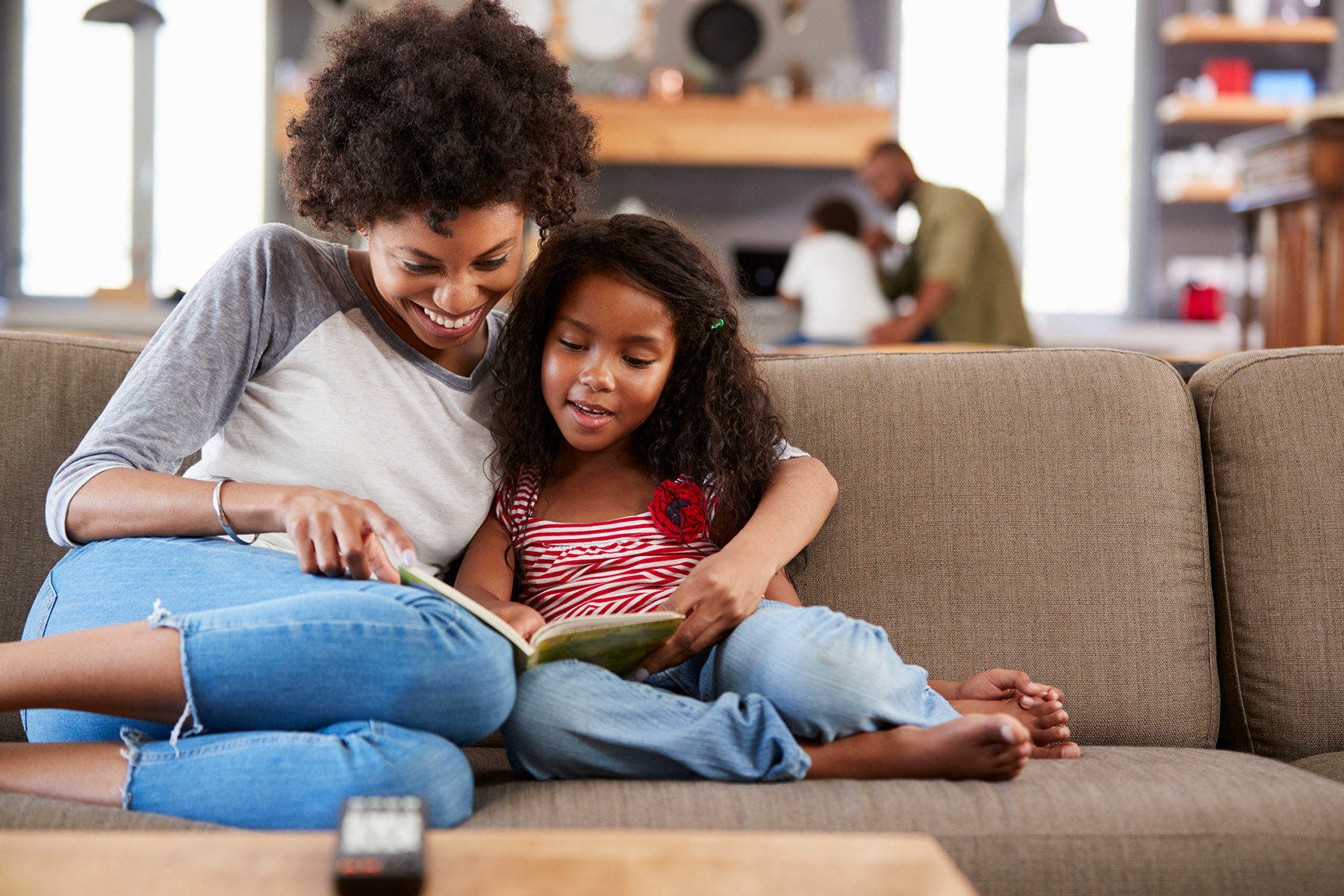Your child just got a dyslexia diagnosis. At this point, you likely know some of their symptoms and what led to the diagnosis, but navigating the following steps may be confusing for parents. There’s so much to learn about dyslexia and plenty to consider when it comes to your child’s education, so you’re far from alone if it feels overwhelming. At Hill Learning Center, we work with students with dyslexia every day, and we offer expert guidance, support, and tools for children and their parents. Below, we’ve compiled a helpful list of steps parents of children with dyslexia can take after a diagnosis to establish a practical, beneficial strategy for success.
After your child’s dyslexia diagnosis, the first step is to get all the information you can from the psychologist who diagnosed them. Once you learn more about your child’s diagnosis, you’ll be better equipped to determine a plan for their success. Each child is different, so ask as many questions as you can.
After speaking with your child’s psychologist, it’s imperative to meet with the teachers and others that comprise your child’s network of support at school in order to determine the best path forward for your child. Whether it’s extra one-on-one instruction or modifications in the classroom, simple yet impactful shifts in your child’s learning can significantly improve outcomes and confidence levels. If you decide your child would benefit from a school program or tutoring, Hill Learning Center offers both options and will be by your side for coaching and support needs.
After you grasp the nuances of your child’s dyslexia and educational goals, begin helping them outside of school. Ask their teachers or other trusted resources for nightly reading activities. Parents must keep in mind that children with dyslexia require different approaches to homework than other learners, so patience and optimistic support are critical. Ensure that any strategies you use are consistent with the interventions they receive though; avoid confusing your child with too many different approaches.
Meeting other children with dyslexia instills in your child that they are not alone in their diagnosis. Encouraging peer-to-peer relationships between children diagnosed with dyslexia not only boosts confidence and camaraderie, but it’s also an excellent way for you to meet other parents who can relate first-hand to your journey. Whether you meet parents or students with dyslexia in school or through outside groups, having a close community benefits you and your child.
The final, vital step in the post-diagnosis process is to empower your child. Receiving a dyslexia diagnosis can be scary, confusing, or even relieving. Some children may even experience a mix of intense emotions like these all at once. Tell your child that their diagnosis does not constitute their identity or have to be a burden. Instead, it can present an opportunity to get to know how they learn best and actually improve their relationship with learning. Explain how everyone learns differently, and that they can teach their brain new ways to learn. You and your child can now access the right tools and support you need to excel. Remind your child that they are intelligent, capable, and resilient and that their diagnosis opens the door to new opportunities for success.
Your child’s dyslexia diagnosis presents a whole new world to your family. While there’s a lot to learn for both parent and child–don’t fear. Hill Learning Center is ready to help. Check out the rest of our blog for more helpful information, or reach out to learn more.
Resources:
Understood.org
dyslexiaresource.org
